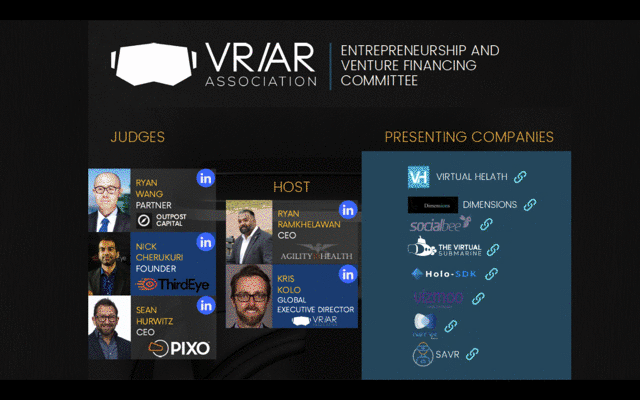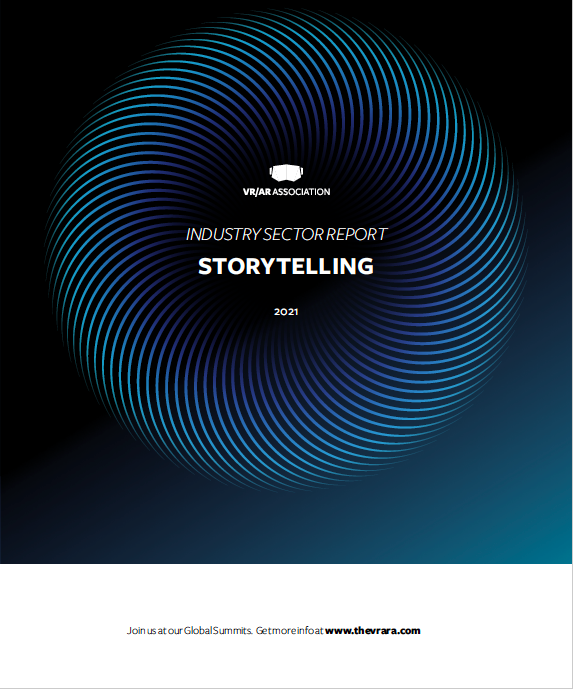We are thrilled to welcome Mark Silverman as the chair for our VR for Good committee.
Mark is an advisor to the ICRC’s Director of Digital Transformation and Data (DTD), based in Palo Alto, California USA. In this capacity, he is establishing the ICRC’s presence in Silicon Valley. Previously, Mark served as Deputy Head of the ICRC’s Delegation in Myanmar, helping oversee operations providing protection and assistance to people affected by conflict and violence, and which comprised a budget of $34 million, 500 staff and 10 offices throughout the country.
Before that, Mark was Deputy Head of the ICRC’s Regional Delegation for the United States and Canada, helping oversee detention activities in Guantanamo Bay, maintaining and developing relationships with the US Government and Congress and cooperation with the American and Canadian Red Cross Societies. He has been with the ICRC since 2007, working as a field delegate in Uganda and the Public and Congressional Affairs Coordinator in Washington.
Before starting with the ICRC, Mark served as Military and Foreign Policy Advisor for Senator Lincoln Chafee of Rhode Island, then Chairman of the Subcommittee on Near Eastern and South Asian Affairs of the Senate Committee on Foreign Relations. He began working for Senator Lincoln Chafee in 1999, following service in the office of Senator John Chafee.
Mark received his Bachelor of Business Administration with a concentration in Finance from the George Washington University and his MA in Development Studies from Brown University.
“The International Committee of the Red Cross (ICRC) is invested in how to responsibly use digital technologies, including how to effectively use them to support communities experiencing conflict and violence, and how to prevent and/or mitigate the risks that technologies can bring with them.
With regard to VR/AR, we have developed a hub in Bangkok which has developed tools for both training (for instance for Red Cross staff) and for behavior change (for instance, by building empathy for those living through war).
We see both the potential and risks that VR/AR may have in situations of armed conflict. It is for this reason that I am excited to join the VR for Good Committee as a co-chair: to learn from others, share the ICRC’s experience, and to be part of a global discussion to harness the good, and prevent the harm, that VR/AR technologies may create in fragile settings.”












